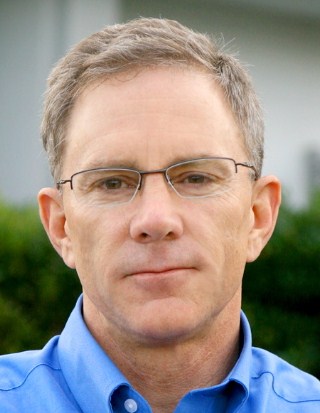Virsto CEO Makes 5 Data Center Predictions for 2012

The head of storage virtualization software developer has made five data center predictions for 2012 based on input from customers, partners, analysts and industry thought-leaders.
“2012 will be the year of widespread heterogeneous hypervisor adoption in the datacenter, with all the incumbent training, process and technological implications that this shift represents,” says Virsto CEO Mark Davis. “Non-disruptive, game changing technology that facilitates this transition, like Virsto’s storage hypervisor, will continue to experience high demand as a result.”
This article provides a look into Davis’ crystal ball.
1. Data center convergence will reinvent data center roles
Davis says data center convergence is inevitable since it addresses two of the biggest IT and business concerns: the cost of computing, and the cost of IT specialists needed to run and manage servers, networks and storage.
As IT assets converge, a common virtualized framework erodes traditional roles and responsibilities as departmental silos merge. Davis reckons that the intelligence and management capabilities of the virtualization administrator will give them greater power over storage, provisioning, security, and performance optimization.
2. Companies will (finally) learn how to use solid state drives
Solid state drives (or SSDs) are fast, have tremendous transactional throughput, extremely low latency, and are capable of solving some of the most critical enterprise-level performance issues, according to Davis. The falling cost of SSDs and continued adoption of server and storage virtualization, he says, will make SSD an increasingly viable option for enterprise storage.
As they become an increasingly important part of the storage architecture, IT organizations will need to learn when, where and how best to deploy SSDs. Since the price of SSDs will still be relatively high compared to standard hard drives, using SSD smartly will be key.
Davis foresees a host of new startups and existing storage players finding solutions based on SSD technology.
3. New storage architectures will emerge around cloud-scale computing and commodity economics
Cloud computing promises to optimize resources and deliver on-demand utilization, flexibility and scalability. And while virtualization is a key enabler for cloud computing environments, no company has yet resolved its associated storage issues, Davis reckons. “Current storage architectures will not scale to provide the elasticity and performance at an acceptable price for private and public clouds to really take off.”
The underlying cost and rigid architecture of SAN-based storage, he says, is a major roadblock to widespread cloud computing adoption. What will emerge is a new approach to storage designed around cloud-scale deployments.
4. The hypervisor will effectively manage enterprise storage hardware
Intelligence, Davis says, will shift from the array to the hypervisor in 2012 as hypervisor vendors continue to solve the challenges of virtualized workloads and storage performance and utilization. “Storage hypervisors” will have enhanced utilization, performance and management benefits.
At the same time, IT organizations will look to optimize the use of hardware and software with an emphasis on VM management. This will make them migrate proprietary software traditionally embedded in storage arrays to the hypervisor layer in the coming year. There will also be increased pressure for VM-compatible hardware in a rapidly commoditized hardware market.
5. Multi-hypervisor will become industry standard
Standardizing on one hypervisor platform is currently a common industry practice, but Davis foresees IT organizations more widely adopting a multi-hypervisor strategy over the next year.
A combination of pricing pressures, platform maturity, and a desire to avoid vendor lock-in will drive IT organizations to aggressively pursue a multi-hypervisor strategy, he says. The additional complexity will drive adoption of solutions that help IT orchestrate and manage efficiently, and derive value regardless of the hypervisors used.
Do you agree with Davis’ predictions? Have any data center predictions for 2011? Please let us know in the comments!
To keep yourself updated on the latest happenings in the data center industry, please visit us at Data Center Talk.


